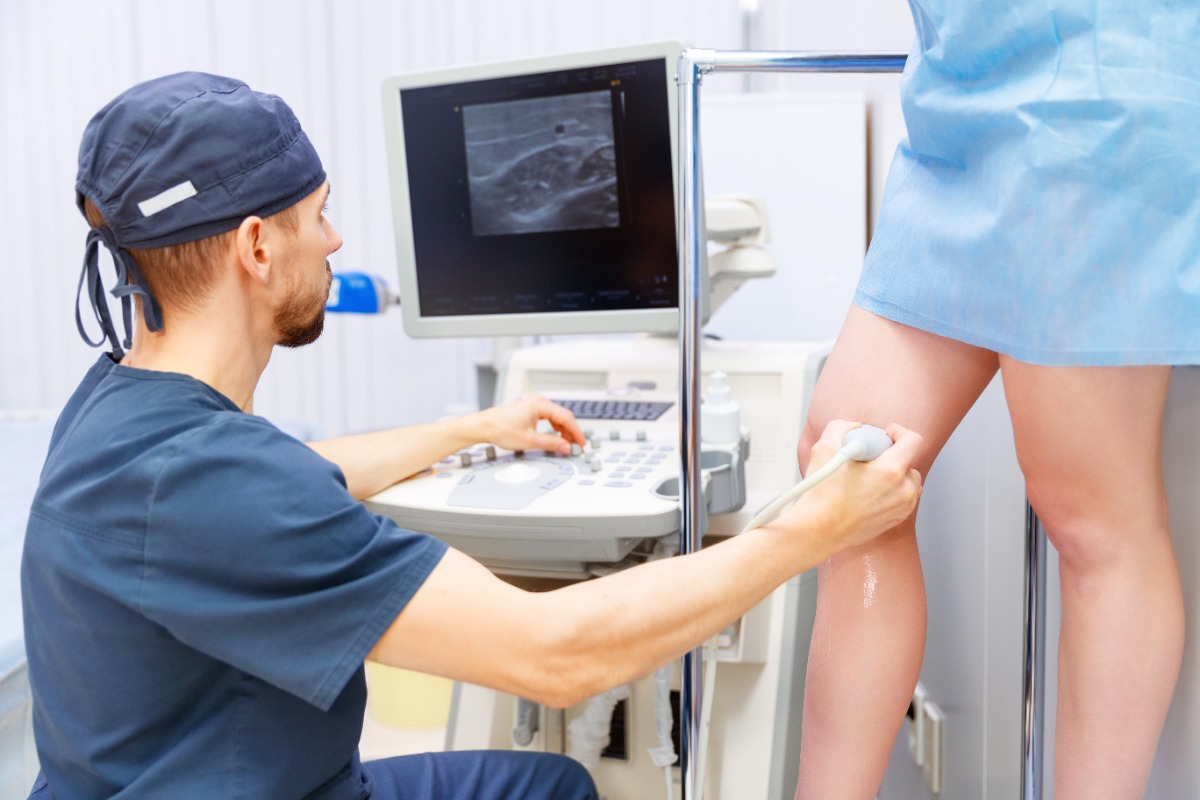Teleangiectasias, Varicose Veins and Leg Swelling: Understanding the Symptoms and Solutions
Venous diseases are a common health problem that can manifest in different forms and intensities. Common complaints include telangiectasias, varicose veins, and leg swelling, symptoms that can significantly affect quality of life, especially at night.
Teleangiectasias: A Warning Signal.
Telangiectasias are small dilated superficial veins that appear as a network of red or blue capillaries, commonly visible on the surface of the skin, especially in the leg and facial areas. Although they are generally harmless, telangiectasias can be an indicator of poor venous circulation and foreshadow more serious problems. Factors such as genetic predisposition, age, hormonal changes, and sedentary lifestyles can contribute to their formation.
Varicose Veins: When Circulation Struggles
Varicose veins are enlarged and dilated veins that form when the valves within the veins weaken, causing a buildup of blood. These veins can appear bluish and prominent on the surface of the skin and are often accompanied by symptoms such as pain, itching, and cramping. Varicose veins not only cause cosmetic discomfort, but can also lead to more serious complications, such as deep vein thrombosis or venous ulcers.
Swelling and heaviness in the Legs
Leg swelling, known as edema, is a common symptom related to venous problems. It can occur when blood fails to circulate properly, causing a buildup of fluid in the tissues. Often, people with varicose veins or telangiectasias experience a feeling of heaviness, especially after a day spent standing or sitting often in a fixed position. This discomfort can intensify at night, making it difficult to find a comfortable sleeping position.
Recognizing Symptoms and Seeking Help
It is crucial to pay attention to your body's signals. If you notice telangiectasias or varicose veins, along with leg swelling and heaviness, you should consult a health care professional. Early diagnosis and proper clinical evaluation can help identify the severity of the condition and plan effective treatment.
Treatment Options
Treatment for telangiectasias and varicose veins can vary depending on the severity of the condition. Some approaches include:
Prevention and Care
To maintain leg health, it is important to adopt some good practices. Elevating the legs when sitting or lying down, exercising regularly, and avoiding prolonged static positions can help prevent vein problems. In addition, maintaining a healthy body weight reduces pressure on the veins.
In conclusion, telangiectasias, varicose veins, and leg swelling are common conditions that deserve attention. With proper awareness and regular consultations with health professionals, it is possible to manage these disorders and maintain an excellent quality of life. Taking care of one's legs is a critical step in overall well-being and in addressing any symptoms that may arise.
